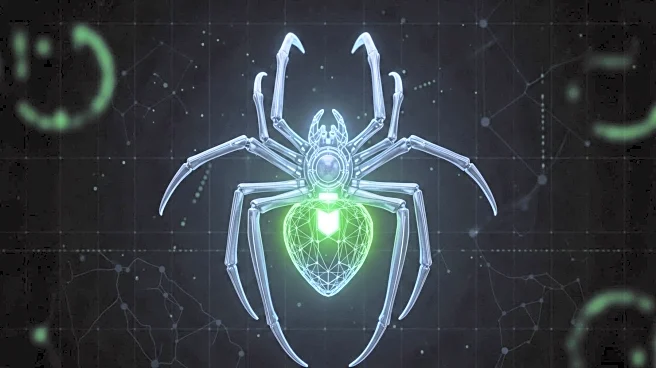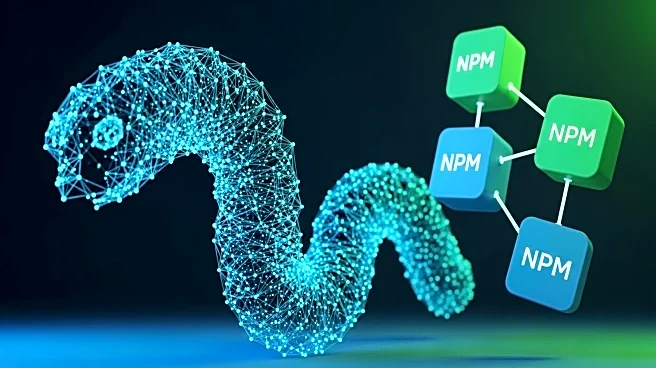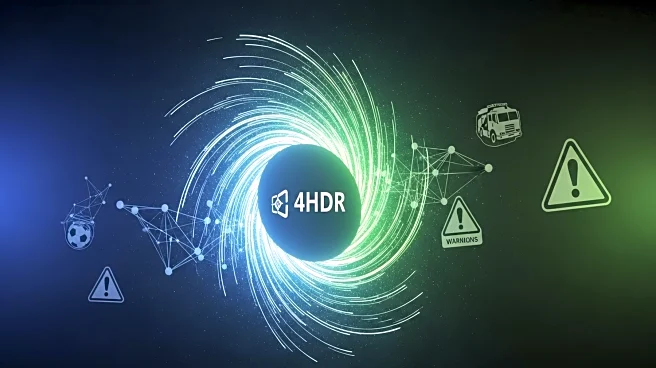What is the story about?
What's Happening?
A new cybersecurity threat has emerged with the FileFix campaign, which employs steganography and multistage payloads to evade detection. According to a report by Acronis, the campaign involves hiding a second-stage PowerShell script and encrypted executables within JPG images. Victims are tricked into pasting a malicious command into a file upload address bar, initiating a heavily obfuscated PowerShell chain that downloads and extracts payloads from images. This attack marks a departure from the original proof of concept, utilizing multilingual phishing pages and steganography to conceal code. The campaign has rapidly evolved, with multiple variants active globally, indicating a sophisticated and persistent threat.
Why It's Important?
The FileFix campaign underscores the increasing sophistication of cyber threats, particularly in the realm of social engineering and obfuscation techniques. By blending these methods with steganography, attackers are making it more challenging for security teams to detect and mitigate threats. This development highlights the need for organizations to enhance their cybersecurity measures, focusing on user education and technical defenses. The campaign's ability to quickly evolve from a proof of concept to an active threat demonstrates the dynamic nature of cyber threats and the importance of staying vigilant against emerging attack techniques.
What's Next?
Organizations are advised to adopt a layered security approach, combining user training with proactive blocking measures. Key recommendations include educating users to avoid pasting commands into system dialogs, blocking certain processes launched from web browsers, and monitoring unusual browser-child process activity. As the FileFix campaign continues to evolve, security teams must remain alert and ensure users are aware of these emerging attack techniques to prevent potential data breaches and other cybersecurity incidents.
AI Generated Content
Do you find this article useful?













